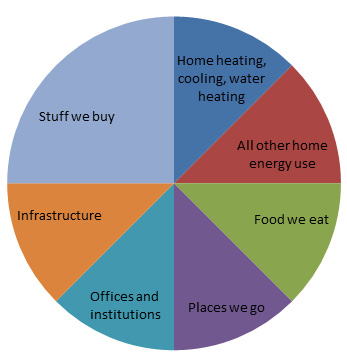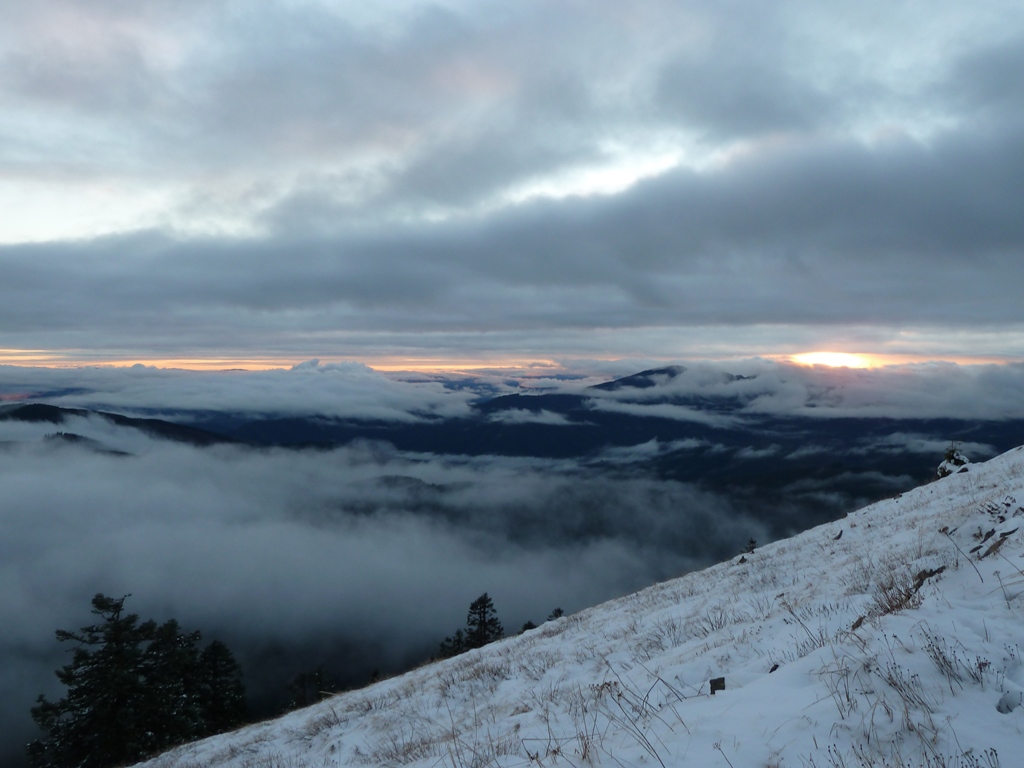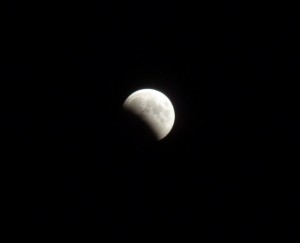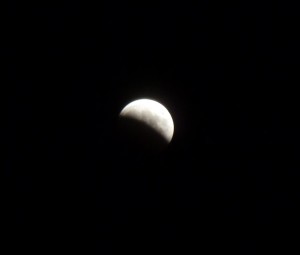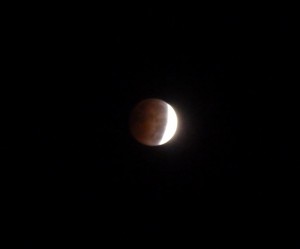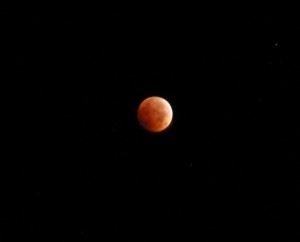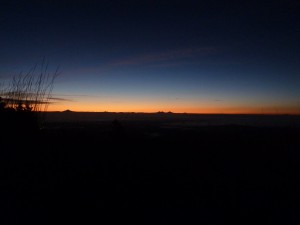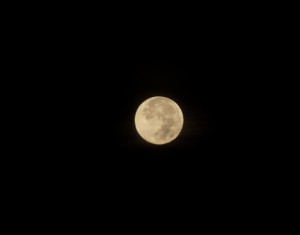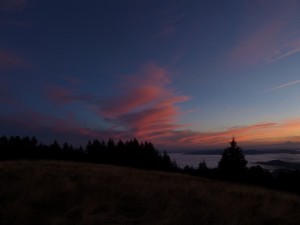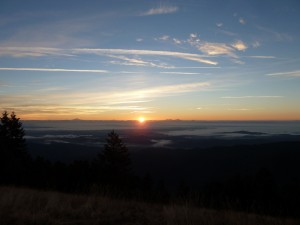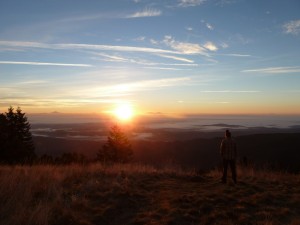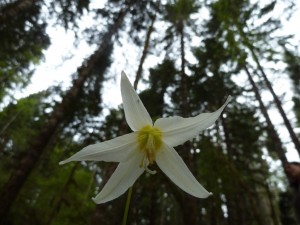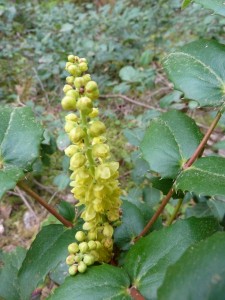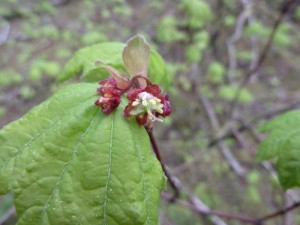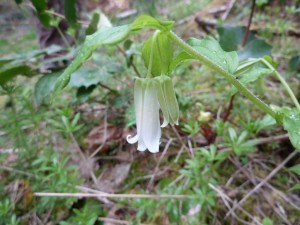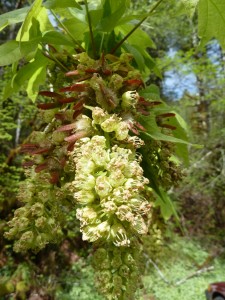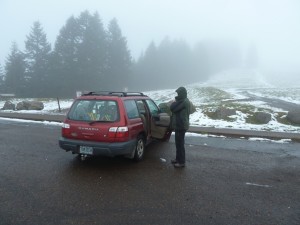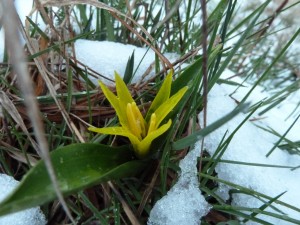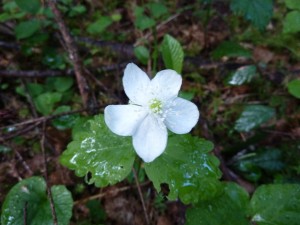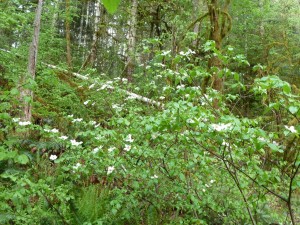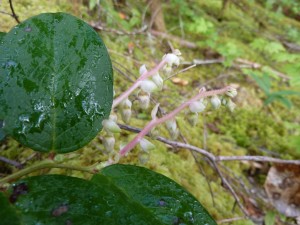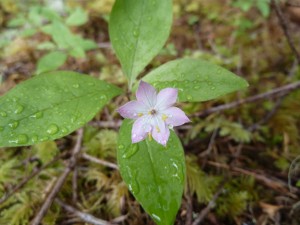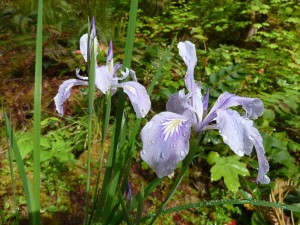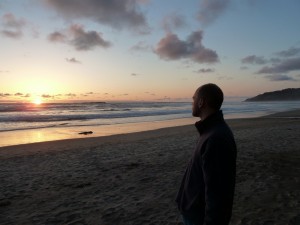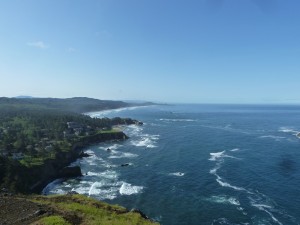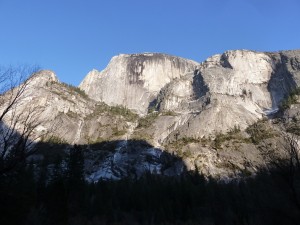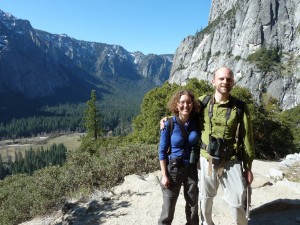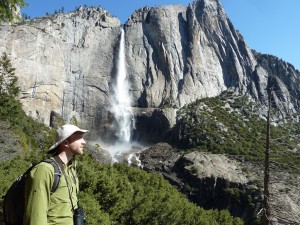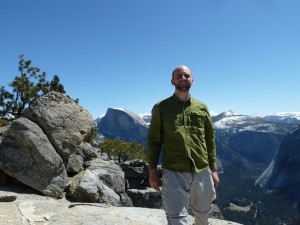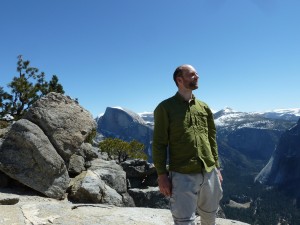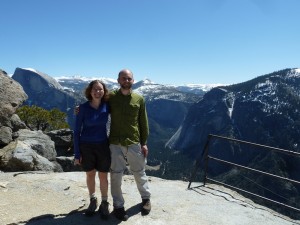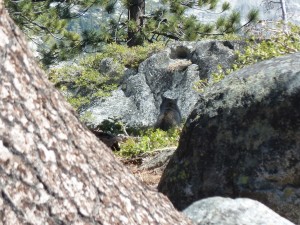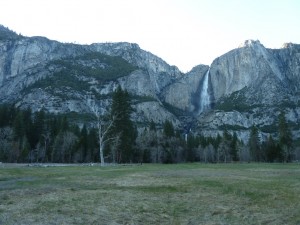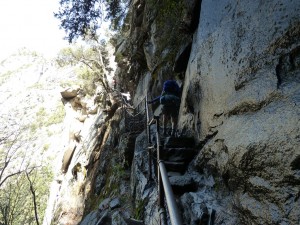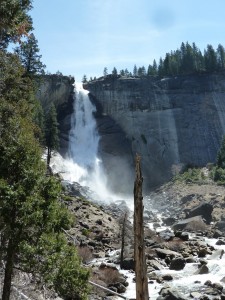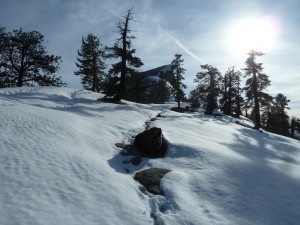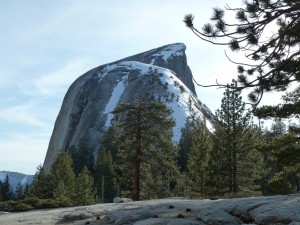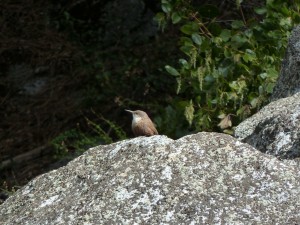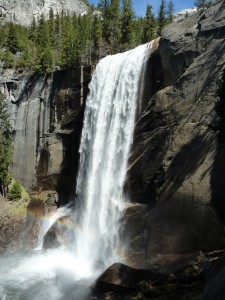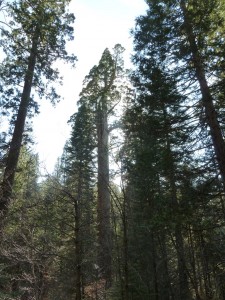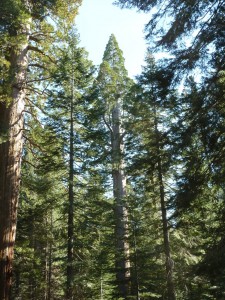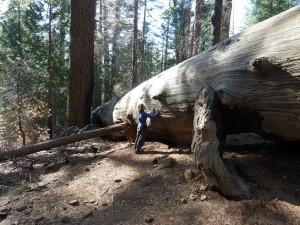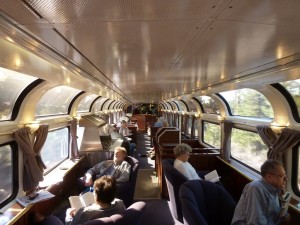According to the US Energy Information Administration, roughly 22% of energy use occurs in our homes, 28% occurs in transportation (2/3 personal, 1/3 commercial freight), 31% in the industrial sector, and 19% in the commercial sector. It’s easy to write off commercial and industrial energy use as outside of our personal control, but in reality all of our infrastructure exists for the purpose of sustaining individual human lifestyles. A fertilizer plant is an essential component of the food we eat, and a tire factory is essential to our daily commute.
With that in mind, I present the United States energy pie. As the creation of this pie requires life-cycle analyses and some arbitrary categorization, I make no claim as to the complete accuracy of this, though I will say it is based on research and reading and reflects a rough breakdown of our individual contributions to total energy use.
Of the energy we use in our homes, half goes to heating or cooling and to heating water. An equal proportion goes to everything else – electronics, appliances, lights, etc. Another slice of the pie goes into the food system: everything from agriculture to processing plants to supermarkets and restaurants. We use another slice of our total energy getting ourselves around, mainly by car and plane. Another slice – primarily heating, cooling, and lighting – goes to government and academic buildings, office spaces, hospitals, and malls. An often-overlooked slice goes to maintaining infrastructure: roads, airports, utility wires and pipes, communications hubs, and satellites. Finally, a quarter of our energy use becomes “embodied” in stuff that we buy. This is the energy required to build cars and homes and appliances and electronics, to sew clothes and ship them to us, to mine raw materials that end up in plastics and metals – a large proportion of the “industrial” energy use that we too often ignore. My ¼ may actually be an underestimate here, as I did not account for the fact that much of the stuff we buy in the US was produced overseas.
How then can we make a difference? We need to reduce energy use by 50-75% to begin to be able to meet our needs with wind, solar, and hydro in the near term. To accomplish this, we have to take bites out of every slice of the pie by simplifying and downsizing our lifestyles. Rechargeable batteries, fluorescent lights, and triple-pane windows are simply not going to cut it. To reduce personal energy use by 50%, one need to only:
- Buy 75% less (new) stuff.
- Live in a house half the size, or double the number of people living in the house.
- Drive and fly 75% less.
- Buy local, unprocessed food.
Why 75% less? Because some categories, like institutions and infrastructure, cannot be reduced by half if we wish to maintain a technological society. There are many in the “peak oil” blogosphere who believe that we will not be able to maintain a technological society as fossil energy becomes scarce and that we are headed for some sort of collapse and dark age. I don’t necessarily agree, though I do see it as a possibility. I do think that rising energy costs will force us to collectively use less, and that we will be much better off if we choose simplicity consciously (tiny houses, intentional communities, bike commuting) than if we wait for circumstance to force it upon us (layoffs, conflict-ridden un-intentional community living, debt).
Some Specifics
In case you’re wondering what to cut back on first, here is a comparison of the amount of energy used for a variety of daily activities. Activities requiring electricity have been multiplied by 2.5 to account for 60% energy loss at the (coal or natural gas) power plant.
Activity Power (watts) Hours per day Fossil Energy(kWh)
Phone charger left plugged in 1 24 0.06
Laptop computer 30 8 0.6
Microwave 1500 0.25 0.94
Home lighting (CFLs) 100 6 1.5
Television or desktop computer 200 4 2
Refrigerator 40 24 2.4
Cooking (range + oven, electric) 6000 1 15
Electric furnace 10000 5 125
Heat pump 2500 5 31
Wood stove 0 8 0
Showering (2.5 gal/min, electric) 23000 0.2 11.5
Showering (2.5 gal/min, solar) 5 10 0.13
Clothes dryer 5000 1 12.5
Line drying 0 8 0
Driving (25 mpg, 30 mph, 30 mi.) 44000 1 44
Driving (50 mpg, 30 mph, 30 mi.) 22000 1 22
Electric bike (25 mph, 30 mi.) 700 1.2 2.1
Pedal bike (15 mph, 30 mi) 0 2 0
Some factors, like the impact of insulating your home, cannot be simplified to a table, so I recommend conducting an energy audit on your life to see where the largest gains can be made for the least cost. Pay particular attention to situations where you can reduce energy use by a factor of two or more without buying new expensive, energy-intensive stuff.
Three years ago, I was gifted a used solar water heating panel. Together with a used water tank laying around the property, some simple plumbing and controls, and a five-watt pump, I built a $500 system that allowed us to shower outdoors using 99% less energy. As it turned out, showering under the sun (or stars) proved to be more exhilarating than simply showering with less energy.
This past summer, I found myself living just far enough out (seven miles from work, 13 miles from town) that biking became a chore and I was considering buying a car. Instead, I electrified my bike, allowing me to commute almost as fast as driving while using 90-95% less energy (and at a fraction of the cost).
Our dream, once we can afford it, is to transition from renting energy-inefficient houses to living in a much smaller, energy-efficient tiny house as part of a community with shared common spaces.
I offer these examples to suggest that energy conservation can be more fun than sacrifice. I love showering outdoors more than in a humid bathroom. I love my half hour in the morning and evening air on the way to work much more than sitting in a stuffy car. I love living in community in a well-used space much more than living in a big house with empty rooms. I encourage all of my readers to envision ways that you can simplify and use less energy while also bringing more joy into your lives.
Resilience and Home Power
The first principle of sustainability is resilience, the ability to adapt and respond to perturbations in the environment. Our fossil energy-based utility grids are sprawling, fragile entities, prone to interruption by weather, sabotage, or deferred maintenance. As fossil fuels become scarce and the economy staggers through a transition from growth to steady state or contraction, there is good reason to believe that these interruptions will become more frequent. This, along with a desire to obtain more energy from renewable sources, is a good motivation to produce some of our own energy at home. For most locations, solar photovoltaics are the most practical, scalable, and affordable. The most common type of grid-tied installation is of no use when the electric grid is down, so it is wise to spend a bit more for a battery bank and an inverter that can work without the grid. Hydropower is ideal, producing electricity continuously with no need for a battery backup. Land with perennial streams and a sufficient drop in elevation can be hard to come by, and I expect that all such land will become prime real estate as the fossil-fired power grid becomes less reliable. Wind is a wily beast, dropping to nothing for days at a time then blowing in gales strong enough to damage a turbine. Nevertheless it can be a good choice in flat windy areas with no hydro potential. Regardless of which option makes the most sense, prioritizing production of energy on a home or community scale can go a long way toward improving resilience and energy sustainability.

